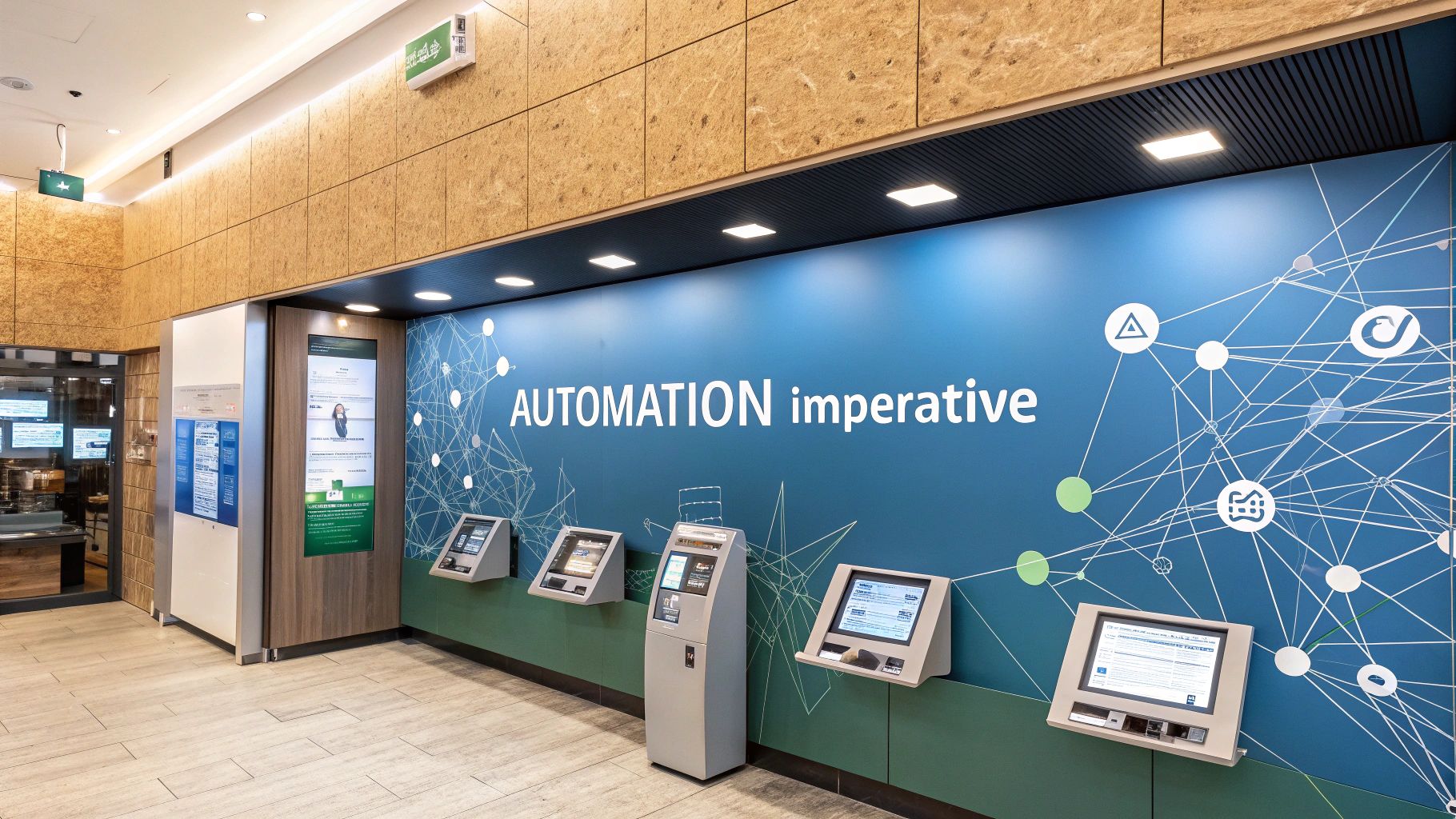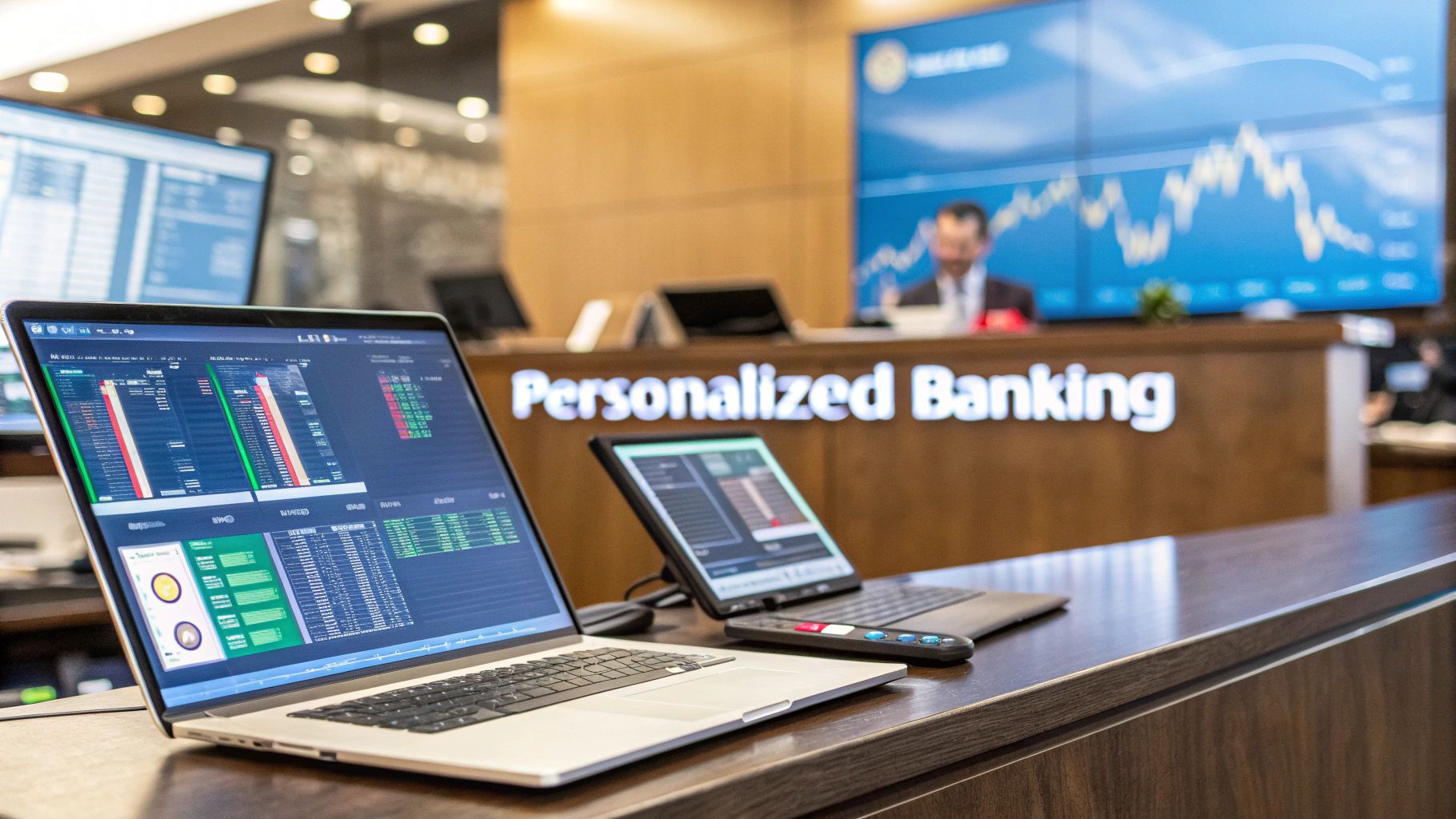BIAS Unleashed: Transforming Banking in the Digital Age
Visbanking BIAS Vision
Estimated reading time: 5 minutes
Table of contents
In the ever-evolving landscape of banking, the dawn of the digital age has ushered in a wave of transformation. Banks and financial institutions are embracing technological advancements to enhance customer experiences, streamline operations, and optimize decision-making processes. One of the most intriguing aspects of this transformation is the role of BIAS (Behavioral, Institutional, and Algorithmic Biases) and how it's reshaping the world of finance. In this blog post, we will delve deep into this phenomenon and explore how it's influencing the banking sector.
Understanding BIAS in Banking
Bias, in the context of banking, is a multifaceted concept. It can be broadly categorized into three distinct types:
- Behavioral Bias: This type of bias stems from the inherent psychological tendencies and cognitive shortcuts that individuals exhibit when making financial decisions. People are often influenced by emotions, personal experiences, and social factors when managing their finances.
- Institutional Bias: Institutional biases emerge from the policies, practices, and cultures within financial institutions. These can result in disparities in access to banking services, discrimination, and unfair treatment of customers based on their demographic characteristics.
- Algorithmic Bias: Algorithmic bias is perhaps the most prominent type of bias in the digital age of banking. It arises from machine learning models and artificial intelligence systems that make decisions based on historical data, which may contain biases. If not properly addressed, algorithmic bias can perpetuate discrimination in banking.
The Impact of Bias in Banking
As we navigate the digital age, it's crucial to recognize the significant impact of bias on banking. Here are some of the ways bias can shape the financial landscape:
- Inequality: Bias can exacerbate inequality by limiting access to financial services and opportunities for marginalized groups. It can also result in higher interest rates and fees for certain customers based on factors unrelated to their creditworthiness.
- Discrimination: Discriminatory practices, whether conscious or unconscious, can harm customer relationships and damage a bank's reputation. Discrimination in lending, employment, and customer service is a serious concern in the banking industry.
- Financial Loss: Biased algorithms can lead to erroneous decisions, resulting in financial loss for both customers and financial institutions. This can be particularly harmful in areas such as loan approvals, investment recommendations, and fraud detection.
- Regulatory Scrutiny: Financial regulatory bodies are increasingly focused on addressing bias in banking. Banks that fail to address bias may face regulatory fines and penalties, along with the erosion of customer trust.
The Digital Age: A Catalyst for Change
The digital age has brought both challenges and opportunities for addressing bias in banking. On one hand, the same technologies that can perpetuate bias, such as AI and machine learning, also hold the potential to mitigate it. Here's how:
- Data Transparency: With the advent of digital banking, there is a wealth of data available for analysis. This transparency can be harnessed to identify and rectify biases within financial institutions.
- Algorithmic Fairness: Advances in AI have led to the development of algorithms that prioritize fairness. These algorithms can be used to reduce discrimination in lending, hiring, and customer interactions.
- Personalization: Digital banking allows for more personalized customer experiences. By leveraging this personalization, banks can cater to the unique needs and preferences of individual customers, reducing bias in the process.
- Access to Financial Services: Online banking has the potential to increase access to financial services, especially for underserved communities. Through digital channels, financial institutions can reach a wider customer base and provide previously unavailable services.
Navigating the Path to Unbiased Banking
Unleashing the potential of unbiased banking in the digital age is a collective effort that involves a combination of technological innovation, regulatory oversight, and cultural change. Here are some key steps in this journey:
- Data Ethics: Banks should establish data ethics guidelines that prioritize the ethical use of customer data and minimize the potential for bias. This includes ensuring data privacy and transparency.
- Algorithmic Fairness: Implementing algorithms that prioritize fairness is essential. Banks should regularly audit their AI systems and refine them to minimize bias.
- Diversity and Inclusion: Fostering diversity and inclusion within the workplace is vital for addressing institutional bias. Diverse teams can bring different perspectives to the table, reducing the risk of discriminatory practices.
- Education and Awareness: Raising awareness among employees and customers about the importance of unbiased banking can be a powerful tool. Training programs and public awareness campaigns can help mitigate bias.
- Regulatory Compliance: Banks must adhere to all relevant regulations and guidelines related to bias and discrimination. Regular audits and reporting can help ensure compliance.
Case Studies: Bias in Banking
Let's explore a couple of real-world case studies to understand how bias can manifest in banking.
Case Study 1: Discriminatory Lending Practices
In 2019, a major American bank was sued for alleged discriminatory lending practices. The bank was accused of offering less favorable terms to minority borrowers compared to white borrowers with similar credit profiles. The case highlighted the need for banks to scrutinize their lending practices to ensure fairness.
Case Study 2: Gender Bias in Investment Advice
An investment advisory firm was criticized for providing gender-biased investment advice to its clients. A study found that the firm's algorithms recommended more conservative investment strategies to female clients, potentially limiting their wealth-building opportunities. This case underscores the importance of addressing gender bias in financial services.
The Future of Banking: Unleashing the Full Potential
As we navigate the digital age, it is imperative that we harness the potential of unbiased banking. This not only ensures ethical and fair practices but also unlocks the full potential of the financial sector. Unbiased banking can lead to greater customer trust, financial inclusivity, and overall economic stability.
Conclusion
The transformation of banking in the digital age is a dynamic journey with its fair share of challenges and opportunities. Bias, whether behavioral, institutional, or algorithmic, plays a pivotal role in shaping the industry. Recognizing and mitigating bias is essential not only for ethical and legal reasons but also for the long-term success and sustainability of financial institutions. Unleashing the potential of unbiased banking is a collective responsibility, and it requires a combination of technology, regulation, and cultural change. As we move forward, embracing unbiased banking practices will not only benefit customers but also drive innovation, efficiency, and inclusivity in the financial sector.
Similar Articles

Brian's Banking Blog
A Leadership Guide to Financial Digital Transformation

Brian's Banking Blog
Key Trends in the Banking Industry for Bank Executives

Brian's Banking Blog
What Is Market Intelligence? A Guide for Bank Executives

Brian's Banking Blog
Mastering Commercial Banking Relationship Management: A Data-Driven Executive Guide

Brian's Banking Blog
Mastering Operations in the Banking Industry for Strategic Advantage

Brian's Banking Blog
8 Historic Banks That Merged: Lessons for Today's Executive

Brian's Banking Blog
What Is Competitive Intelligence in Banking?

Brian's Banking Blog
Uniform Bank Performance Reports: A Strategic Guide for Bank Executives

Brian's Banking Blog
Automation in Banks: A Strategic Growth Imperative

Brian's Banking Blog